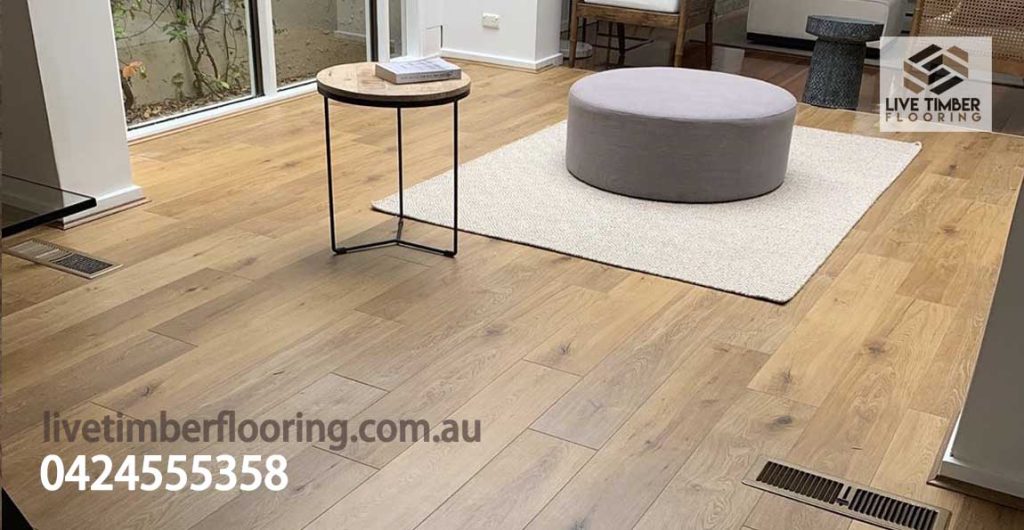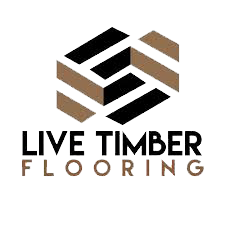
No two flooring are the same. You should know the types of flooring to be able to choose the right type of for each room. Some types of flooring are easy to install while others are trickier and require a higher level of DIY skills. So we have written up this article for you to read.
Solid Hardwood
As its name indicates Solid Hardwood is made from real solid wood. Both finished and unfinished options are available. Hardwood floorings are the most expensive and beautiful flooring options. They offer a range of colors, patterns, and species to choose from. Solid woods are very durable and can last for decades if properly maintained. Solid wood floorings should be installed over a clean, dry and even subfloor. As the high humidity and water spills may damage hardwood they should not be installed in residential kitchens or commercial kitchens, bathroom, laundry room or underground basement. If you are planning to repair commercial kitchen equipment you might need to keep this in mind. If you choose a prefinished timber flooring you can avoid chemicals spread out during the finishing process and save a lot of time. Process of installing hardwood is a bit more time consuming and challenging than other types of floorings. All you should do is to nail down the floorboards to the subfloor. Your biggest challenge is how to prevent floorboards from wrapping. Installing prefinished boards are easy and fast. On the other hand, if you are going to install a traditional unfinished floor by yourself it may require sanding and fishing which demand a high level of DIY skills and time.
Engineered Hardwood
Engineered Floorboards are similar to hardwood planks expect that they are built from high-quality plywood or MDF layers. Since the core layer is coated by a hard-protective layer, they are less prone to spills and humidity or temperature changes. You can install an engineered floor in any room including an underground basement, but avoid bathrooms and laundry rooms where spills may occur. engineering flooring is the right choice for installation over any types of subfloor, especially it can be glued-down over concrete slabs or stabled to the wood or vinyl subfloor. It might be one of your options if you are to do commercial & residential painting in Melbourne. As the floorboards are thinner and transfer the heat better it can also be used above radiant heat. Engineered floors are generally easy to install. They come as glue-down, nail-down and floating types. The floating type is the most DIY-friendly option. They have tongues and grooves at the edge that can be installed by joining together.
Laminate
It is a synthetic product build by pushing several layers of floorboards with a photo of a natural material such as natural wood, stone, etc. printed and glued to it. This layer is usually is coated by a protective layer. Laminate flooring is one of the most budget-friendly flooring options. They are also durable and scratch resistant. Laminate flooring is available in a variety of colors and design options. You can buy either a modern design such as modern longboards or a more traditional flooring option by an affordable price. Laminate flooring can simulate several wood species including Australian wood species. Even some laminate flooring with the photos of exotic wood species are available in the market. Since it is durable and easy to clean, laminate floorings are a wise choice for kid’s playroom. Because they may be slippery when they are wet, laminate floors are not the best choice for bathrooms, kitchens and laundry rooms. Laminate floor installation is very DIY-friendly. They are made with an easy tongue-and-groove system. It means that all you have to do for installation is clicking the tongue and grooves together. Just doorways may need some skills and cut. Although laminate flooring can be installed over any type of subflooring including hardwood, the best result is achieved when the subflooring is first removed.
Vinyl
Vinyl is a type of synthetic flooring that is water and scratch resistant making it a good candidate for rooms such as bathrooms or kitchens. They are not as durable as most hardwood floorings but less expensive. Two types of vinyl flooring are sold on the market. Sheets are like a carpet while vinyl tiles can be applied in several patterns. For Both types the subfloor should be flat. First of all, place the underlayer on the floor. Don’t make mistakes by starting installing the first tile from the corners. You can divide your room into quadrants and put the first tile in the room center and work to the corners. Glue down the tiles and make sure that you pay an especial attention to doorways and next to wall basements.
Ceramic Tile
Tile can be installed anywhere especially in kitchens and bathrooms. It comes in a range of colors and materials. Porcelain tiles are one of the most durable flooring options and can be used both for indoor and outdoor living spaces. However, it is cold and hard under the foot and though, it is not the best choice for a bedroom or kid’s room. The tile flooring should be installed on a dry subfloor covered with cement-based tile backer board. Since tile installation requires mortar and grout instead of glue, nails or simply clicking it is usually considered as a moderate to high difficulty DIY task.
If you are going to install a new flooring by yourself, you could save a lot of money. However, you should know everything about the floorboard installation before getting your hands dirty. We provided useful information about different types of floor boars and how to install them including hardwood, laminate, tile and vinyl flooring.
References:
1- https://www.today.com/home/tips-diy-flooring-projects-everything-you-need-know-t136379
3- https://www.flooringamerica.com/flooring/vinyl/installation
4- https://www.parla-parquet.com/good-to-know/floorboard-installation.html

